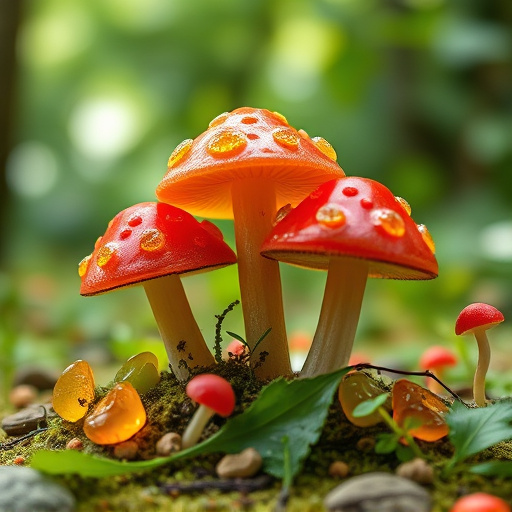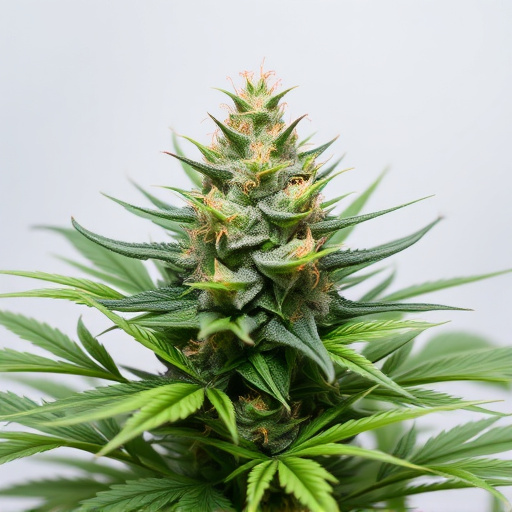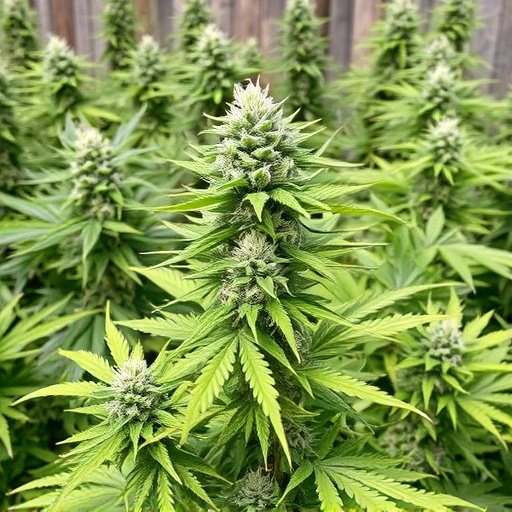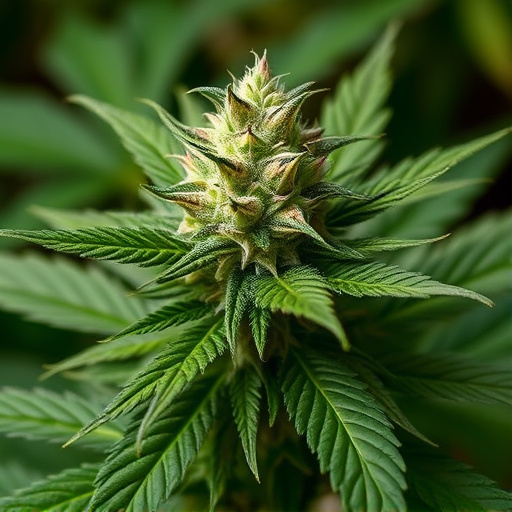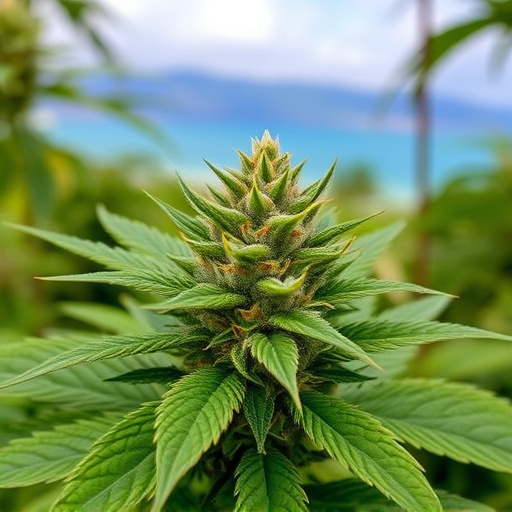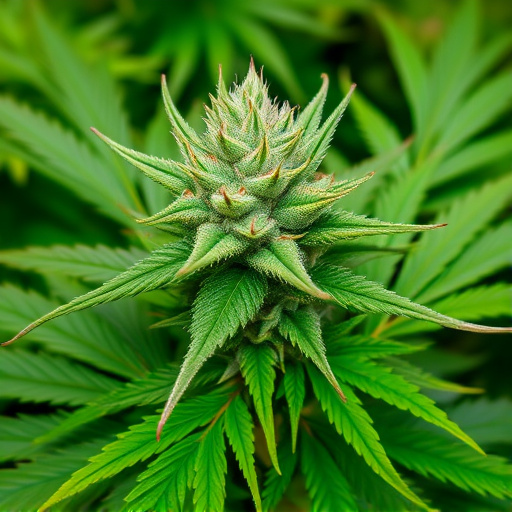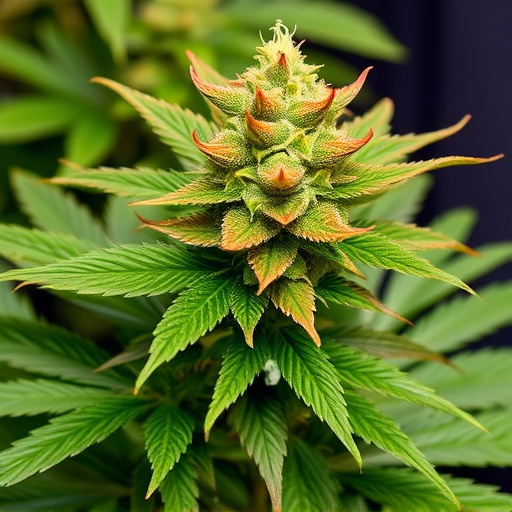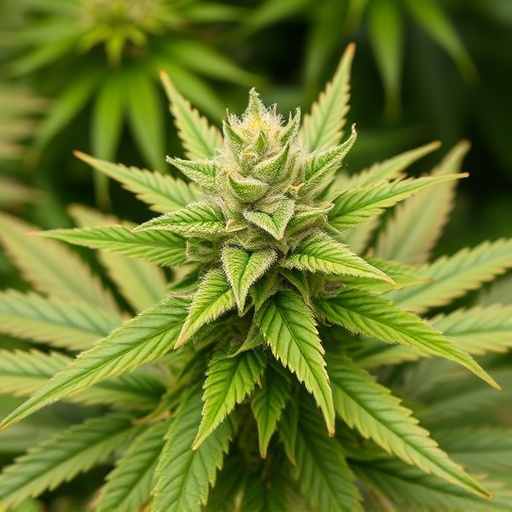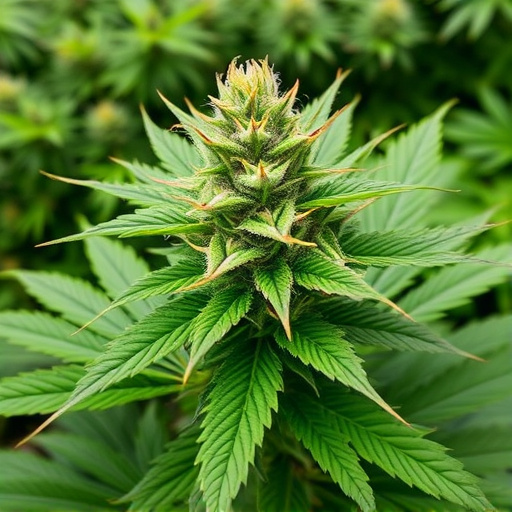Hawaiian cannabis strains have gained global attention for their unique sensory experiences, driven by rich terpene blends like linalool, myrcene, and limonene. These terpenes contribute to the "munchies" effect, well-documented in both research and user anecdotes. The island's history and diverse genetics create a renowned cannabis tapestry, making Hawaii a must-visit destination for enthusiasts seeking exceptional buds with potent therapeutic effects and distinctive flavors.
Discover the intriguing connection between Hawaiian cannabis strains and increased appetite. This article explores why these popular varieties are known for their hunger-inducing effects, delving into the science behind cannabinoids like THC and their role in stimulating cravings. We’ll also uncover the unique sensory experience of Hawaiian terpenes and how they contribute to this distinct effect. From research insights to personal anecdotes, we’ll demystify the appetite-boosting properties of Hawaiian cannabis strains.
- Understanding the Cannabinoid THC and Its Appetite-Stimulating Effects
- The Role of Terpenes in Hawaiian Cannabis Strains and Their Sensory Impact
- Exploring Research and Anecdotal Evidence: Why Hawaiian Cannabis Can Induce Hunger
Understanding the Cannabinoid THC and Its Appetite-Stimulating Effects
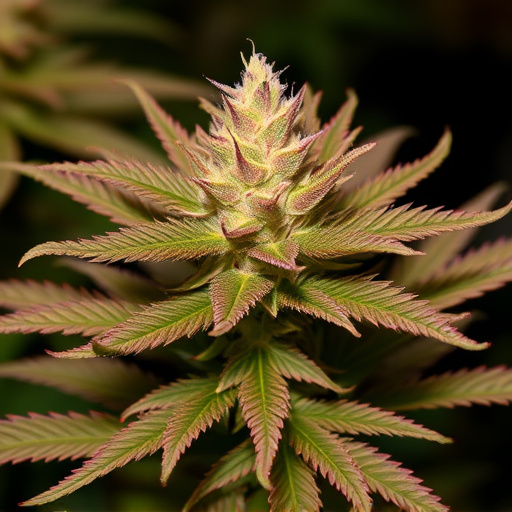
The Role of Terpenes in Hawaiian Cannabis Strains and Their Sensory Impact
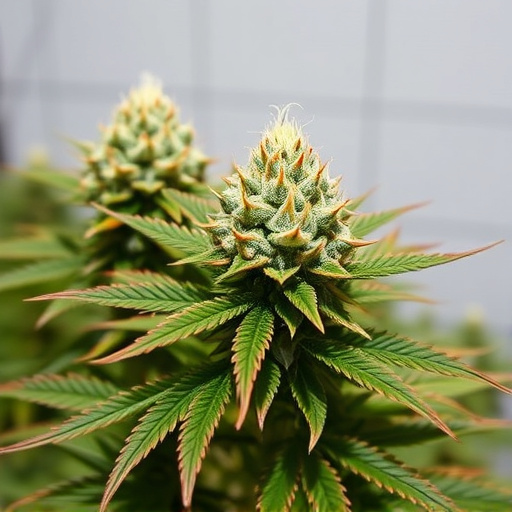
Hawaiian cannabis strains have gained popularity for their unique sensory profiles, often characterized by a rich blend of terpenes. These aromatic compounds are responsible for the distinct flavors and smells associated with different cannabis varieties. In the case of Hawaiian strains, terpenes like linalool, myrcene, and limonene play a significant role in inducing hunger or what is commonly known as “munchies.”
Each terpene offers a specific sensory experience. Linalool, for instance, possesses a lavender-like aroma and is known to promote relaxation and reduce anxiety, potentially enhancing the overall enjoyment of the cannabis experience. Myrcene has a earthy, musky scent and is linked to sedative effects, contributing to a more soothing and appetite-stimulating atmosphere. Limonene, with its citrusy notes, can elevate moods and stimulate hunger, making it a key player in the munchie effect observed in Hawaiian cannabis strains.
Exploring Research and Anecdotal Evidence: Why Hawaiian Cannabis Can Induce Hunger
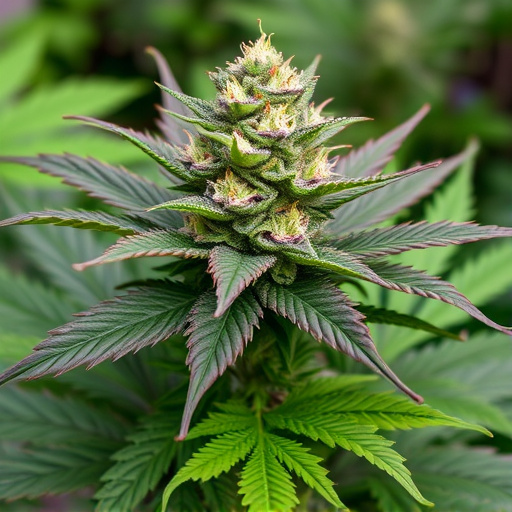
Exploring Research and Anecdotal Evidence: Why Hawaiian Cannabis Can Induce Hunger
In recent years, there has been a surge in interest regarding the effects of cannabis, particularly hawaiian cannabis strains, on human appetite. While scientific research is still ongoing, numerous studies point to the role of specific cannabinoids and terpenes present in these strains as key factors contributing to increased hunger sensations. One prominent theory suggests that tetrahydrocannabinol (THC), the primary psychoactive compound in cannabis, interacts with the endocannabinoid system in our bodies, which plays a significant role in regulating appetite. This interaction can lead to increased feelings of hunger and cravings for high-calorie foods.
Additionally, hawaiian cannabis strains are known for their unique terpene profiles, which further enhance these effects. Terpenes like limonene, myrcene, and pinene have been linked to appetite stimulation and can work synergistically with THC to intensify the hunger-inducing properties. Anecdotal evidence from cannabis users also supports this phenomenon, as many report feeling a significant increase in appetite after consuming hawaiian cannabis strains. These findings underscore the complex interplay between different compounds within the plant, offering insights into why some cannabis varieties have such potent effects on human hunger.
Hawaiian cannabis strains have gained attention for their unique ability to stimulate appetite, a phenomenon often attributed to a combination of potent cannabinoids like THC and specific terpenes found in these varieties. While scientific research is still evolving, the evidence suggests that the interplay between these chemical components creates a sensory experience that many users describe as both enjoyable and hunger-inducing. Whether it’s the distinct aroma, flavor profiles, or the complex interaction of compounds, Hawaiian cannabis strains offer a compelling reason for those seeking to enhance their appetite.


